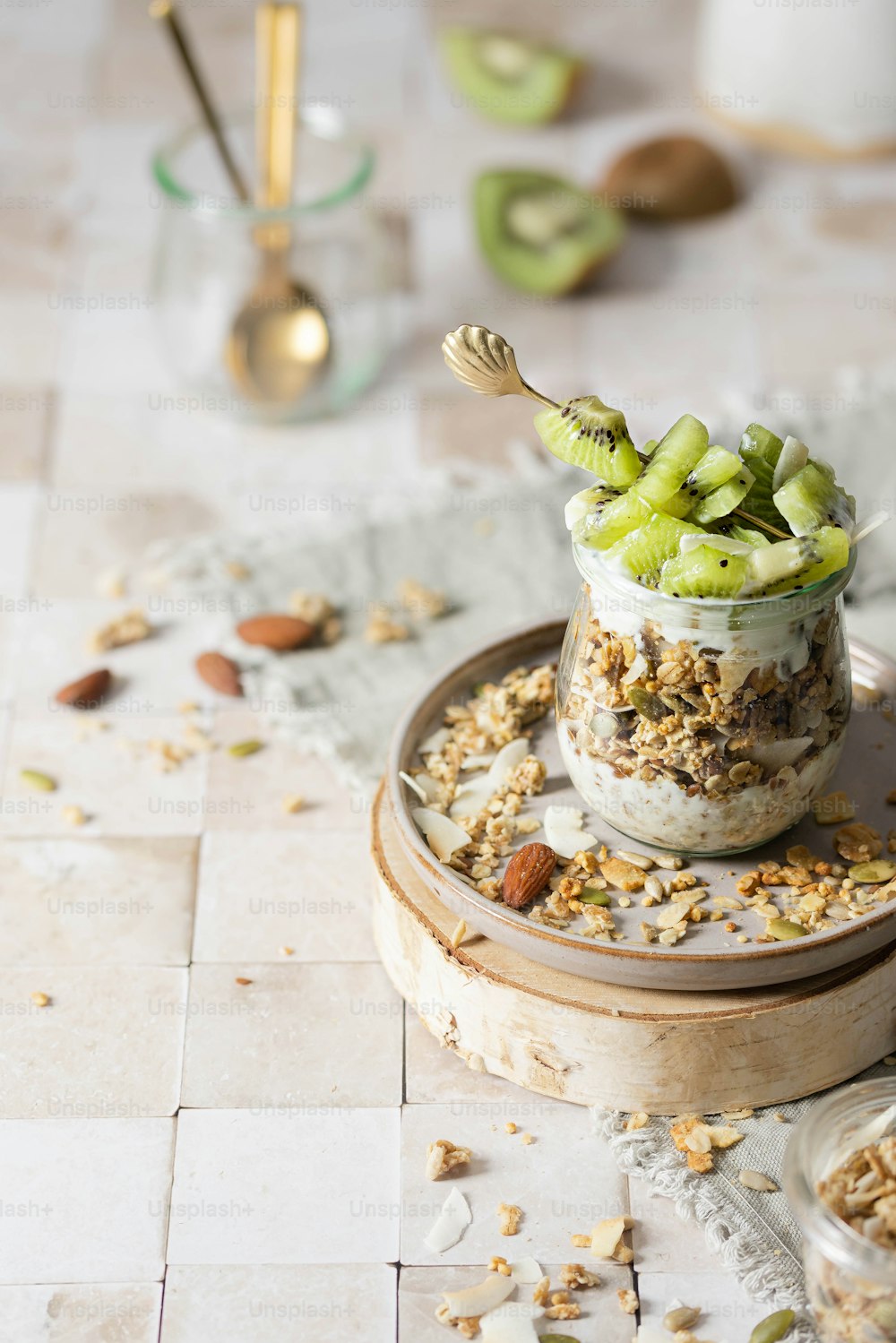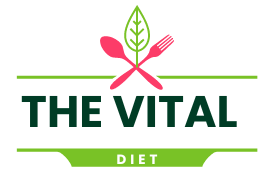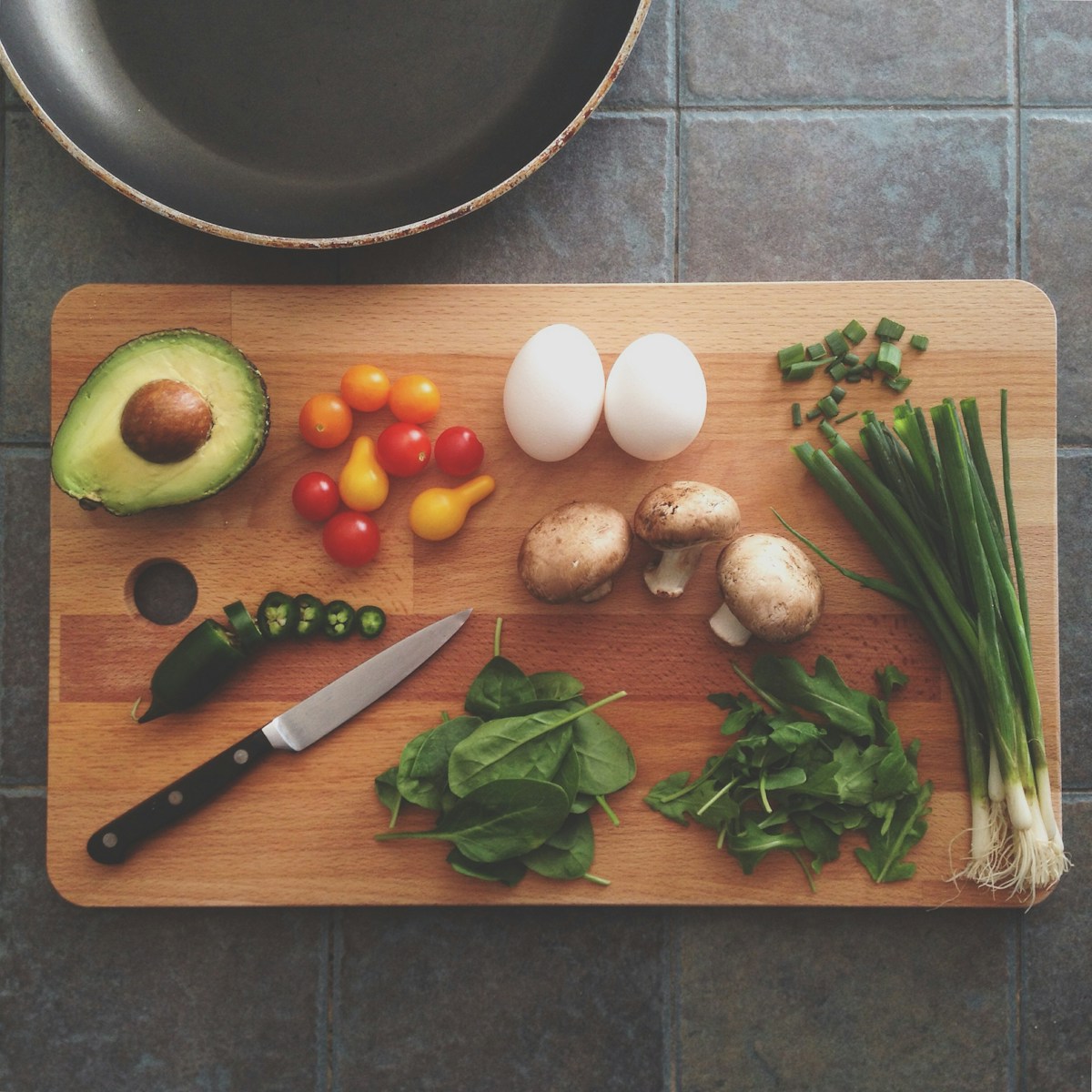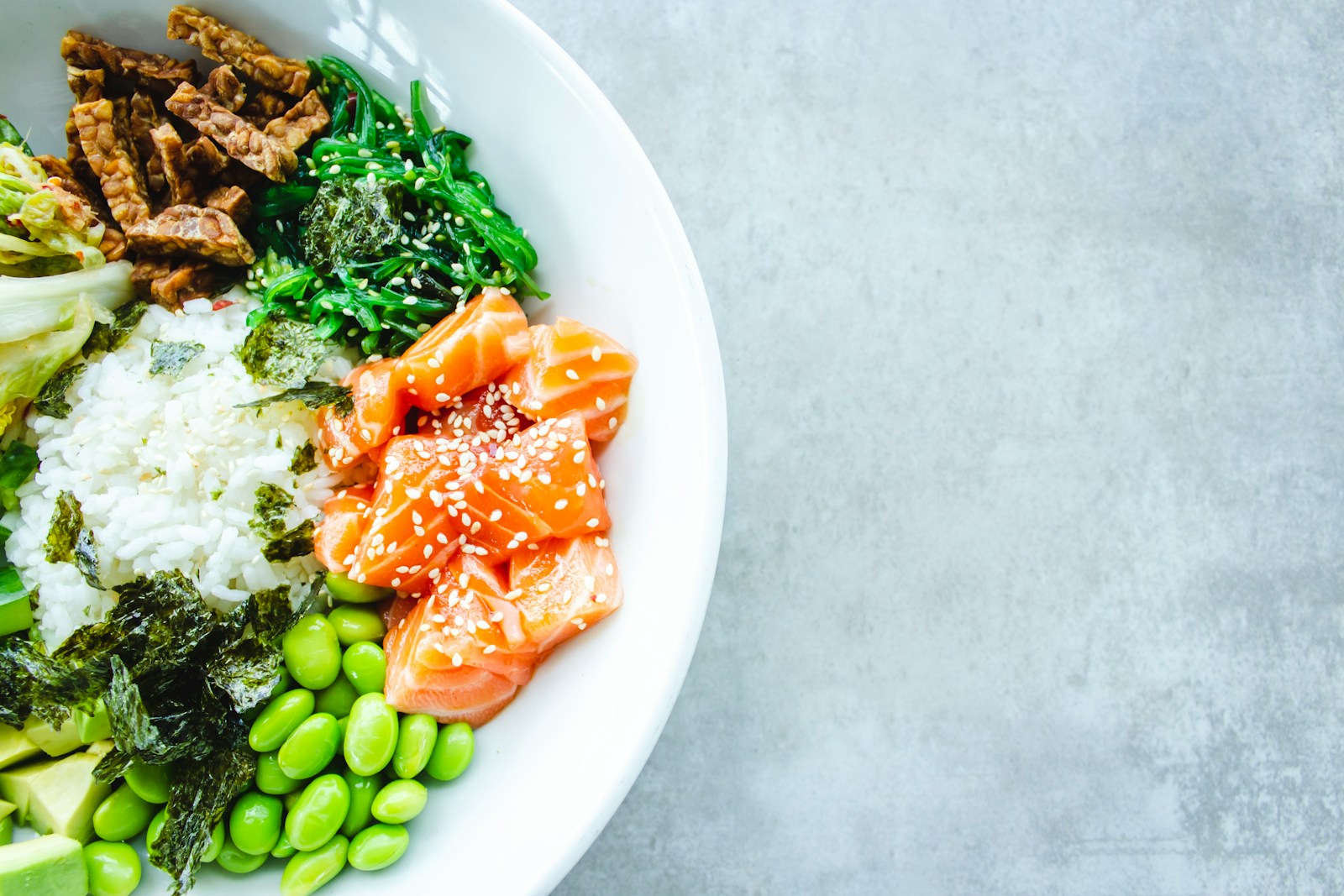
ByKatherine Davis, MS, RD, LD, CDE
Katherine Davis is a licensed dietitian with a focus on managing eating disorders such as anorexia, bulimia, and binge-eating disorder, as well as promoting mindful eating and orthorexia recovery.

Introduction
Whether you’re a kitchen rookie or a seasoned chef, everyone can benefit from strategies that elevate the nutritional profile of their favorite recipes. By implementing a few simple changes, you can transform beloved dishes into nutrient-rich meals that not only tickle your taste buds but also contribute to your overall health. Here, a registered dietitian shares valuable tips, cooking techniques, and strategies to help you amplify the nutritional value of your homemade meals without compromising on taste or satisfaction.
1. Grasping the Basics of Nutrition
A balanced meal is easy to assemble with an understanding of basic nutrition components. It all boils down to macronutrients—protein, carbohydrates, and fats—and micronutrients, namely vitamins and minerals.
1.1 Macronutrients
1.1.1 Protein
Protein, composed of amino acids, is the primary building block of your body, playing a significant role in repairing daily damage to organs, bones, tendons, ligaments, and skin1. Dietary protein comes from various sources, including meat, poultry, fish, eggs, dairy, edamame, tofu, tempeh, and legumes.
1.1.2 Carbohydrates
Carbohydrates serve as the preferred fuel source for your brain and body. All carbs break down into sugar during digestion, providing energy to your cells[^2^]. Some carb sources also offer beneficial fiber, supporting digestive health, heart health, and satiety. Carbohydrates are abundant in foods like bread, pasta, rice, grains, potatoes, sweet potatoes, and fruit. Dairy and legumes also contain some carbohydrates.
1.1.3 Fats
Fats, the third macronutrient, perform vital functions like cushioning internal organs, promoting satiety, aiding the absorption of fat-soluble vitamins, and hormone production[^3^]. Heart-healthy, inflammation-reducing unsaturated fats are found in foods like avocado, nuts, seeds, olive oil, and fatty fish.
1.2 Micronutrients
Micronutrients, which include vitamins and minerals, are essential for human metabolism[^4^]. Incorporating sufficient macro- and micronutrients into your meals contributes to the nutrient density of your diet, ensuring you feel satisfied and obtain the components needed to maintain a healthy lifestyle.
Understanding the basics of nutrition is the first step towards preparing nutrient-dense meals.
2. Dietitian-Approved Tips to Enhance the Nutrition of Your Meals
Here are various actionable, dietitian-recommended tips to make your favorite dishes and meal prep items more nutritious. Choose one or all to focus on, and you’ll be sure to increase the nutrient density of your diet.
3. Incorporate Whole Foods
When cooking at home, it’s ideal to use whole, minimally processed ingredients. These foods maintain the integrity of their nutrients, maximizing the nutrient density of your recipes. Whole foods are those you buy from the grocery store or farmers market that are in their most natural form as possible. Some of these foods include fruits, vegetables, meat, poultry, fish, and whole grains.
To incorporate more fruits and vegetables, consider making fresh salads, roasting them in the oven, or chopping them up to have them readily available as snacks. Lean proteins can be simply broiled or roasted for an easy lunch and dinner. Try using beans as an easy, unprocessed plant-based protein. Boil some quinoa, rice, or farro, or roast potatoes for a carbohydrate-rich side dish.
4. Choose Healthy Cooking Methods
The way you cook your food is key to maintaining its nutrient density. Certain cooking methods, such as steaming, baking, grilling, and sautéing, help to retain nutrients and reduce the need for extra fats and oils[^5^]. Baking, roasting, and grilling are dry heat cooking methods that promote very little nutrient loss.
To maximize nutrients in your cooked foods, try using dry heat methods (baking, roasting, or grilling are excellent examples). When cooking meat, poultry, and fish, use the shortest cooking time possible for safe consumption to maintain the integrity of the B vitamins.
5. Enhance Flavor with Herbs and Spices
You can significantly enhance the flavor of your food with herbs and spices without adding fat, salt, or sugar. Not only do herbs and spices reduce the need for less nutritious flavorings, but they add health benefits too[^6^].
5.1 Basil
Basil, a fragrant green herb, is known for its role in Italian and Thai cuisine. It is high in antioxidants and anti-inflammatory compounds[^6^].
5.2 Cilantro
Cilantro has been found to help reduce the risk of heart disease, diabetes, and supports healthy hair and skin[^7^].
5.3 Garlic
Garlic, a common seasoning in many cuisines, is known for a number of important health benefits. Garlic is high in vitamin B6, vitamin C, and fiber and it is known to protect against the common cold and flu as well as decrease blood pressure and improve cholesterol levels[^6^].
5.4 Ginger
Ginger is a sweet and spicy root with anti-inflammatory and anti-nausea properties. It can also aid digestion and help fight the flu and the common cold[^8^].
5.5 Turmeric
Turmeric, the spice that gives curry its bright yellow color, is known for its many medicinal properties including anti-inflammatory and powerful antioxidant effects. Turmeric may also lower the risk of heart disease and protect against Alzheimer’s disease[^9^].
5.6 Cinnamon
This sweet spice is rich in antioxidants, reduces inflammation, and plays an important role in blood sugar control[^10^].
6. Make Smart Ingredient Swaps
While there is certainly a time and a place for all foods, if you’re looking to enhance the nutritional profile of your recipes, there are some smart swaps you can make.
- Substitute butter with healthier options like avocado, banana, or apple sauce in many cookie, cake, and quick bread recipes.
- Use whole wheat flour in place of refined flour to increase the B vitamins and fiber in your baking.
- Try Greek yogurt instead of mayonnaise or sour cream for more calcium and protein.
- Instead of added sugar or maple syrup for sweetness, try warm and sweet spices like cinnamon, nutmeg, and cloves.
7. Add Nutritional Boosters
Adding nutritional boosters can enhance the nutrition of your recipes without sacrificing taste.
- Seeds like chia seeds, hemp seeds, and flaxseeds add protein, fiber, and healthy fats to oatmeal, yogurt, smoothies, and even salads.
- Nutritional yeast is a great sprinkle for kale chips, roasted cauliflower, and popcorn, providing extra vitamin B12 and protein.
- Add collagen peptide powder to smoothies, oatmeal, or baked good to increase protein and the amino acid, glycine, which provides strength for your muscles, skin, bones, and ligaments.
8. Practice Portion Control and Balanced Plates
Not only do the foods you put on your plate matter, but portion sizes and balanced plates help to boost your nutrition as well. To make a balanced meal, think about including a protein, carbohydrate, healthy fat, and color from fruits or vegetables.
9. Engage in Mindful Eating and Prioritize Enjoyment
Practicing mindful eating helps increase your awareness of hunger and fullness signals, making you better able to listen to your body and stop eating when you are full.





